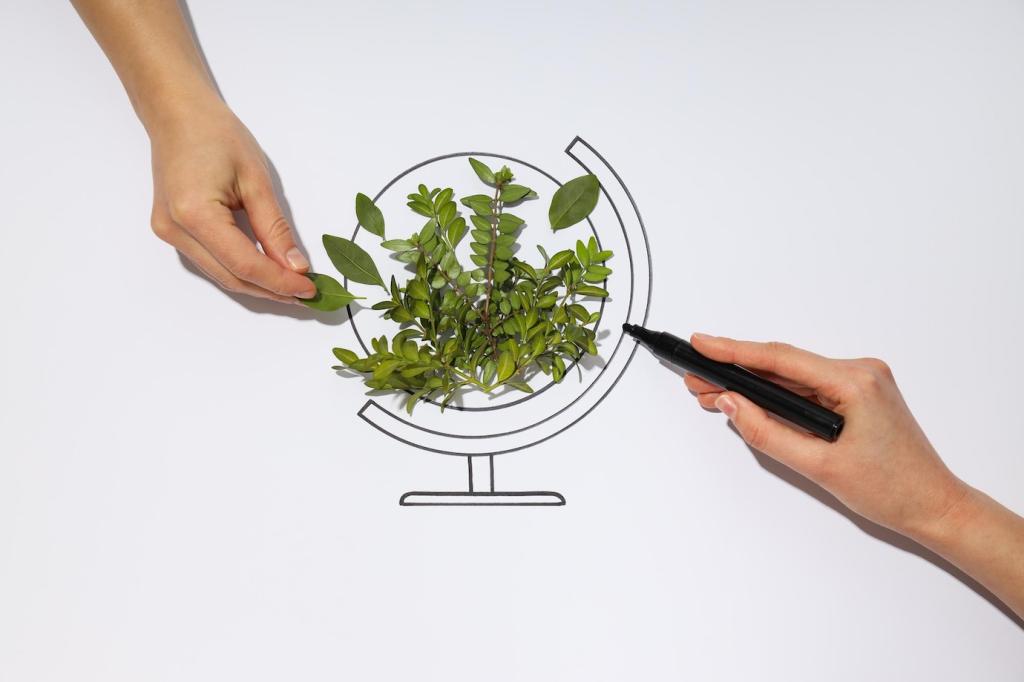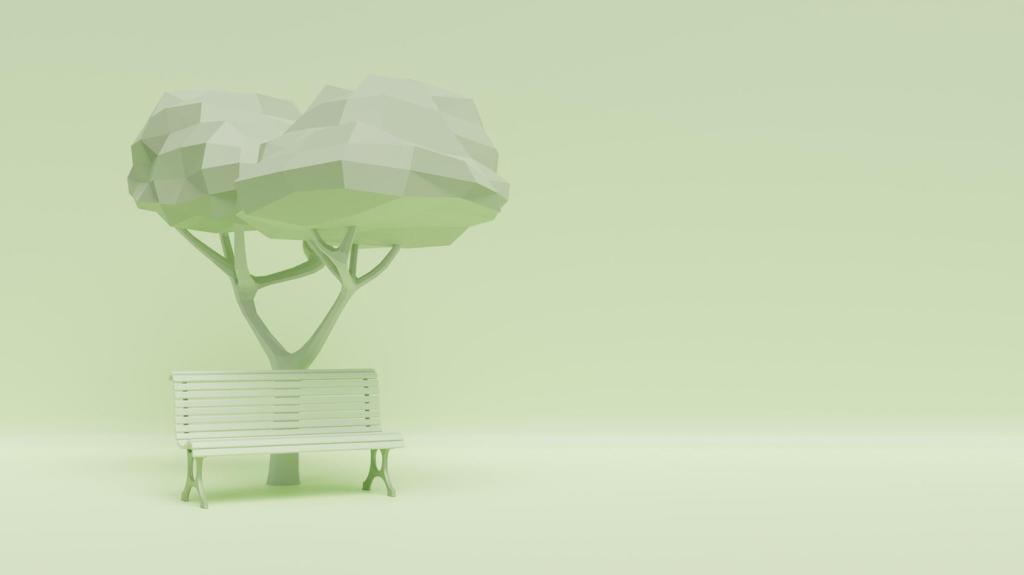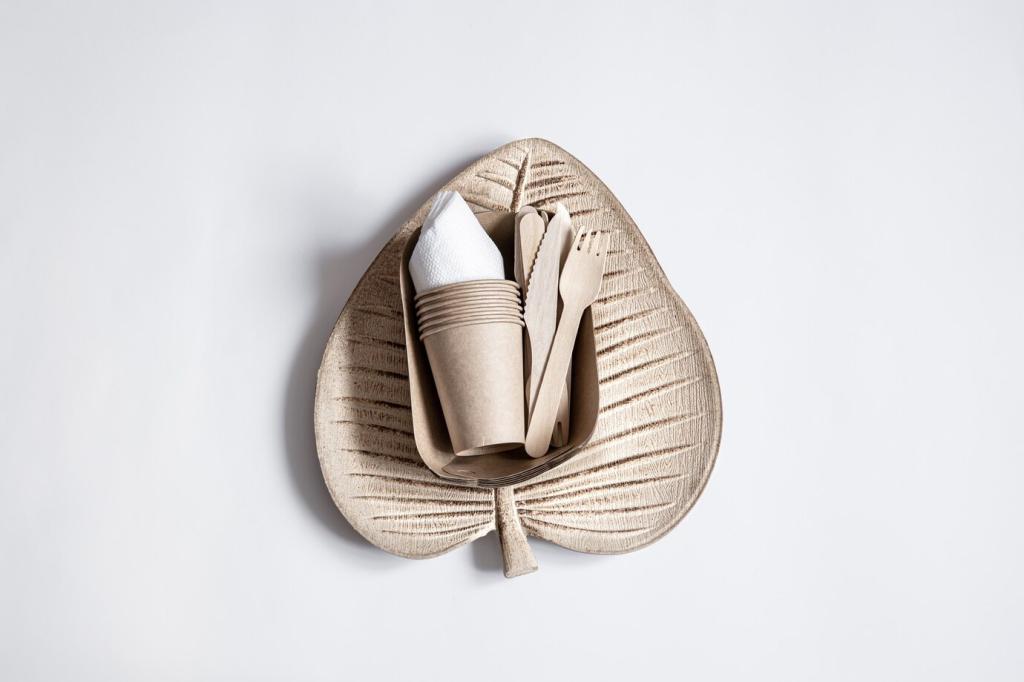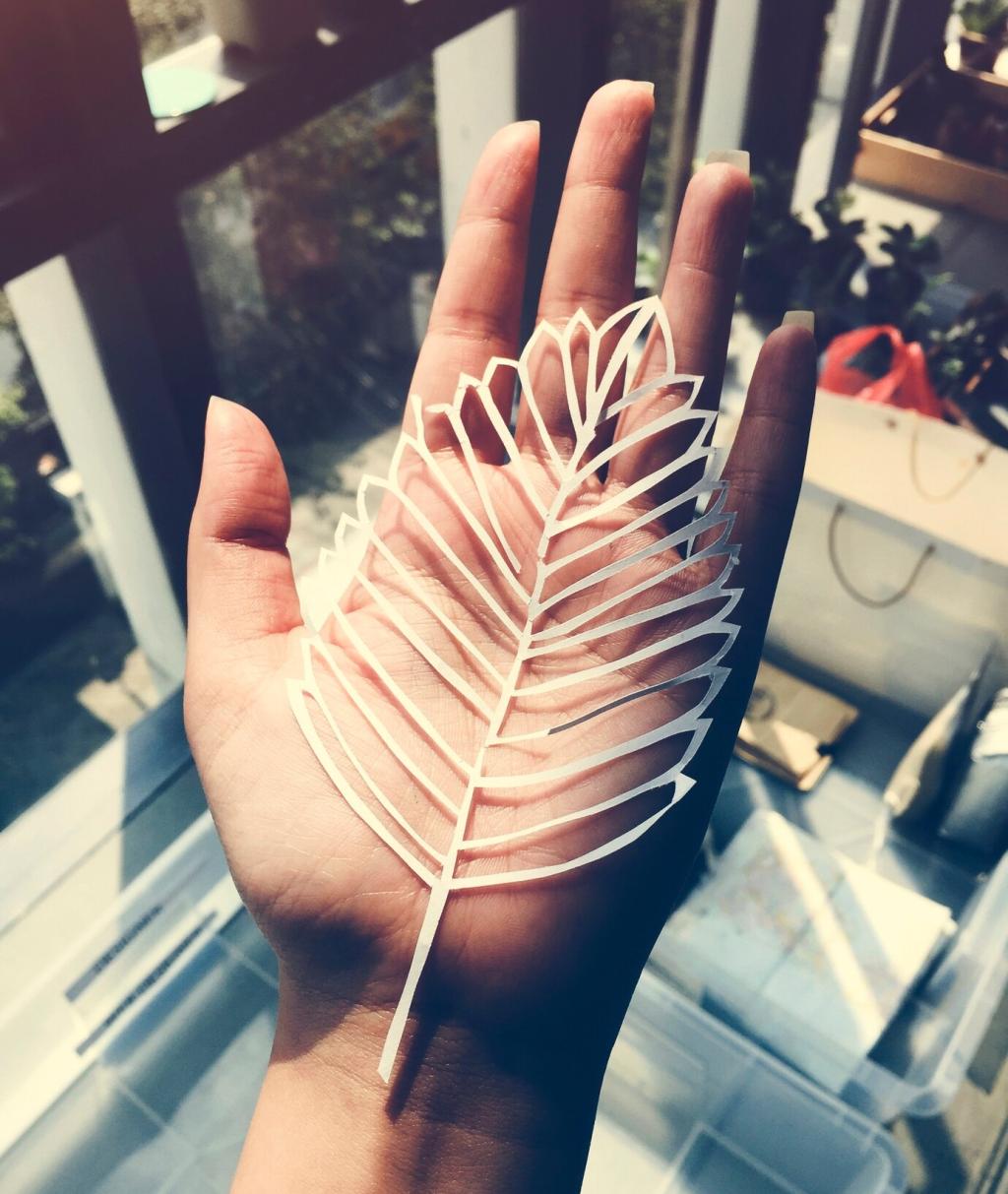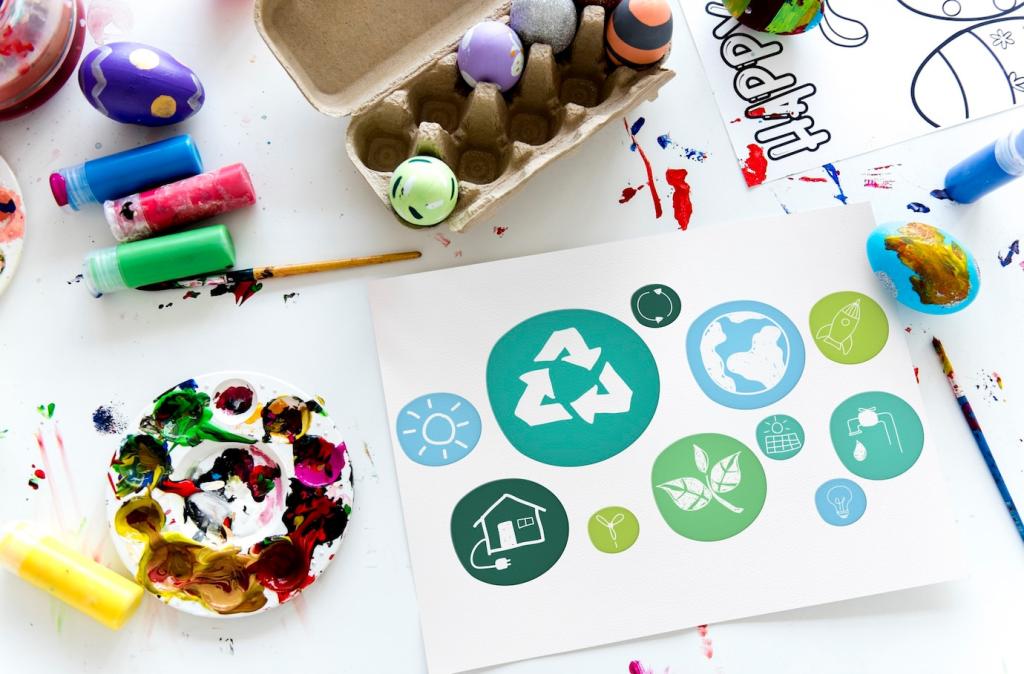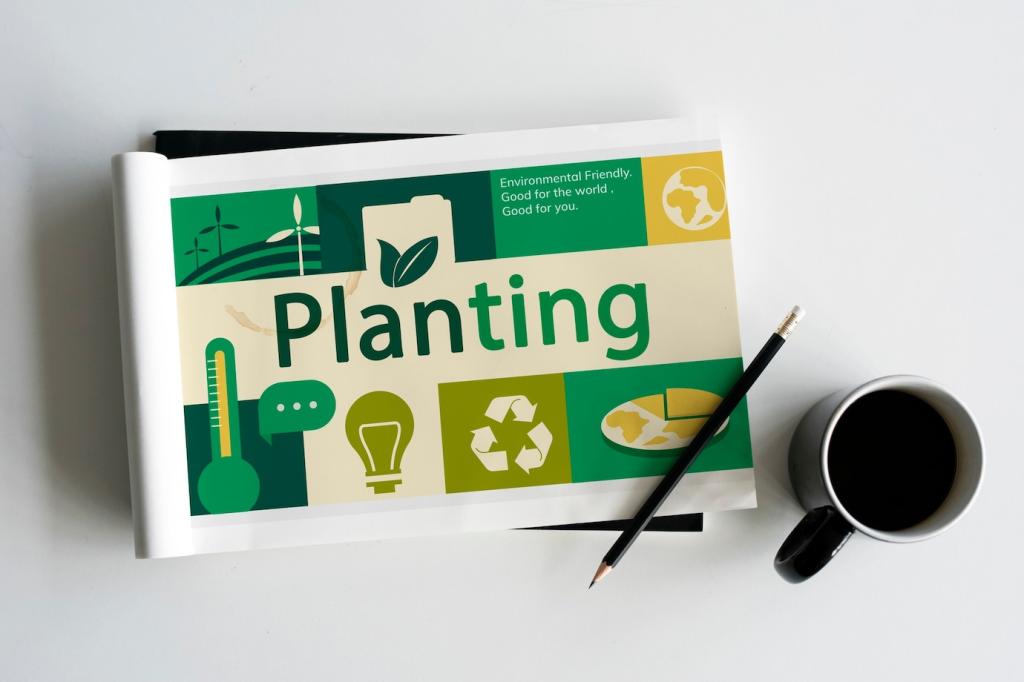Plants as Co‑Residents, Not Decorations
Match species to light and lifestyle: snake plants for low light, herbs for sunny kitchens, trailing pothos for shelves, fiddle‑leaf figs where bright, indirect light abounds. A mindful pairing reduces stress and keeps your indoor jungle thriving.
Plants as Co‑Residents, Not Decorations
Cluster plants by similar needs to raise humidity and simplify care. Mix heights and leaf shapes for depth. Repurpose ceramic bowls, baskets with liners, or reclaimed jars as planters, celebrating imperfections that make your green corners feel soulful.
Plants as Co‑Residents, Not Decorations
Set a weekly watering ritual, rotate pots toward light, and try wicking systems during travel. Propagate cuttings to share with friends. Post a photo of your coziest plant nook, and join our newsletter for monthly care calendars and swap days.
Plants as Co‑Residents, Not Decorations
Lorem ipsum dolor sit amet, consectetur adipiscing elit. Ut elit tellus, luctus nec ullamcorper mattis, pulvinar dapibus leo.

